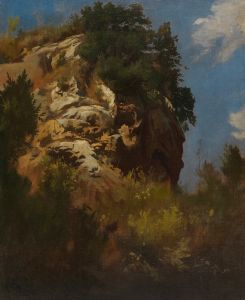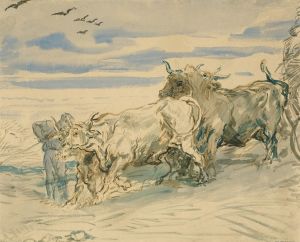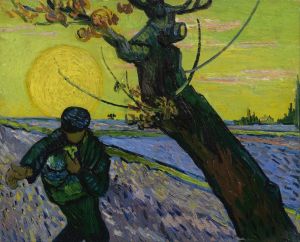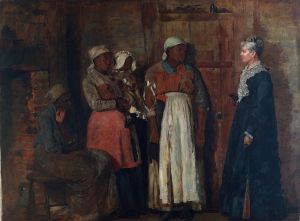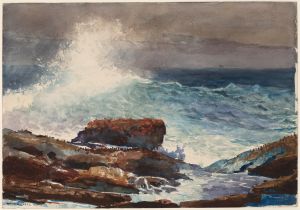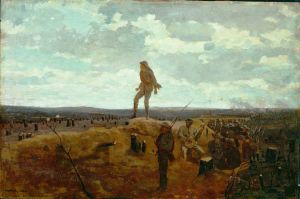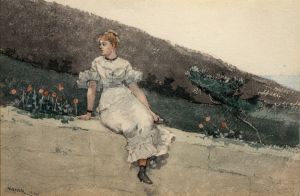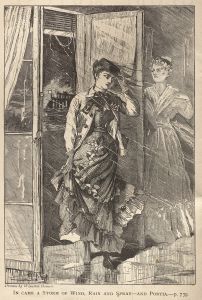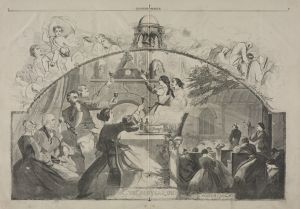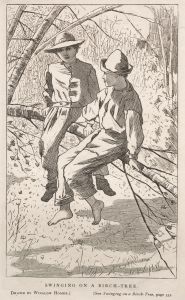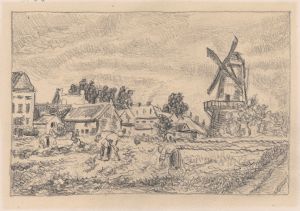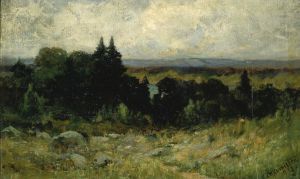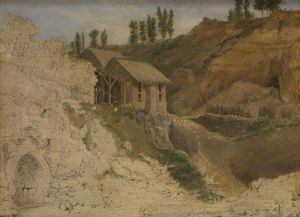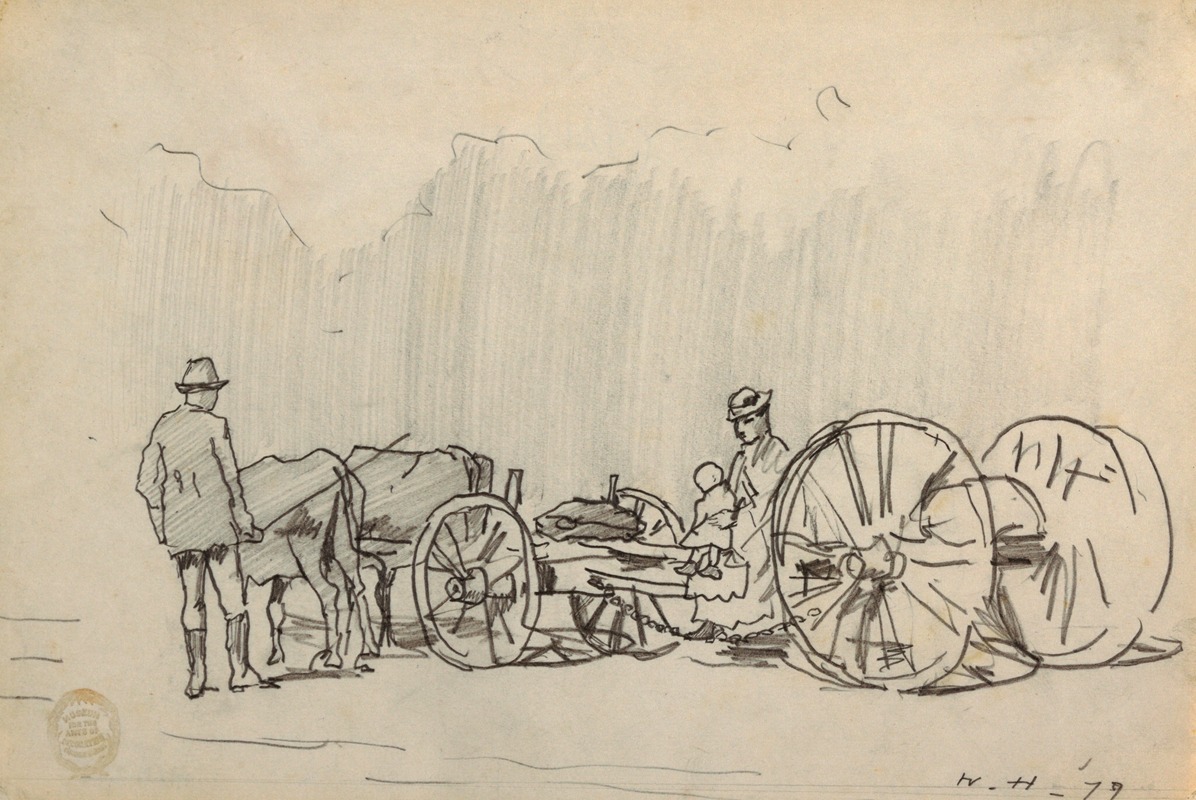
Yoke of Oxen
A hand-painted replica of Winslow Homer’s masterpiece Yoke of Oxen, meticulously crafted by professional artists to capture the true essence of the original. Each piece is created with museum-quality canvas and rare mineral pigments, carefully painted by experienced artists with delicate brushstrokes and rich, layered colors to perfectly recreate the texture of the original artwork. Unlike machine-printed reproductions, this hand-painted version brings the painting to life, infused with the artist’s emotions and skill in every stroke. Whether for personal collection or home decoration, it instantly elevates the artistic atmosphere of any space.
Winslow Homer, an influential American artist known for his landscape and marine subjects, painted "Yoke of Oxen" in 1878. This work is a testament to Homer's ability to capture the essence of rural life in post-Civil War America. The painting depicts a pair of oxen yoked together, set against a serene and expansive landscape. The composition reflects Homer's keen observation of nature and his interest in the relationship between humans and the land.
"Yoke of Oxen" is characterized by its realistic portrayal and attention to detail, hallmarks of Homer's style during this period. The oxen are rendered with a robust physicality, emphasizing their strength and the laborious nature of their work. The yoke, a wooden beam used to harness the oxen together, symbolizes cooperation and toil, themes prevalent in Homer's work as he often explored the lives of working people and their connection to the environment.
The background of the painting features a vast, open landscape, typical of the American countryside. This setting not only provides context for the oxen but also highlights the tranquility and beauty of rural life. Homer's use of light and shadow in the painting adds depth and dimension, enhancing the realism of the scene. The sky, painted with soft hues, suggests a time of day that could be either early morning or late afternoon, adding a sense of calmness to the overall composition.
During the 1870s, Homer spent significant time in rural areas, particularly in New England, where he was inspired by the simplicity and authenticity of country life. This period marked a transition in his artistic focus from the urban scenes and Civil War subjects of his earlier career to more pastoral and maritime themes. "Yoke of Oxen" fits within this broader context of Homer's work, reflecting his shift towards exploring the natural world and the lives of those who inhabit it.
Homer's technique in "Yoke of Oxen" demonstrates his mastery of oil painting. His brushwork is both precise and expressive, capturing the textures of the oxen's hides and the surrounding landscape. The composition is balanced, with the oxen positioned prominently in the foreground, drawing the viewer's attention to their form and function within the scene.
"Yoke of Oxen" is part of the collection at the Clark Art Institute in Williamstown, Massachusetts. The painting is appreciated not only for its artistic merit but also for its historical significance, offering insights into the agrarian lifestyle of 19th-century America. It serves as a reminder of the country's agricultural roots and the enduring bond between humans and nature.
Winslow Homer's "Yoke of Oxen" remains a celebrated piece within his oeuvre, exemplifying his ability to convey the quiet dignity of rural life. Through his depiction of these steadfast animals and their harmonious existence within the landscape, Homer invites viewers to reflect on the timeless themes of labor, nature, and the passage of time.





